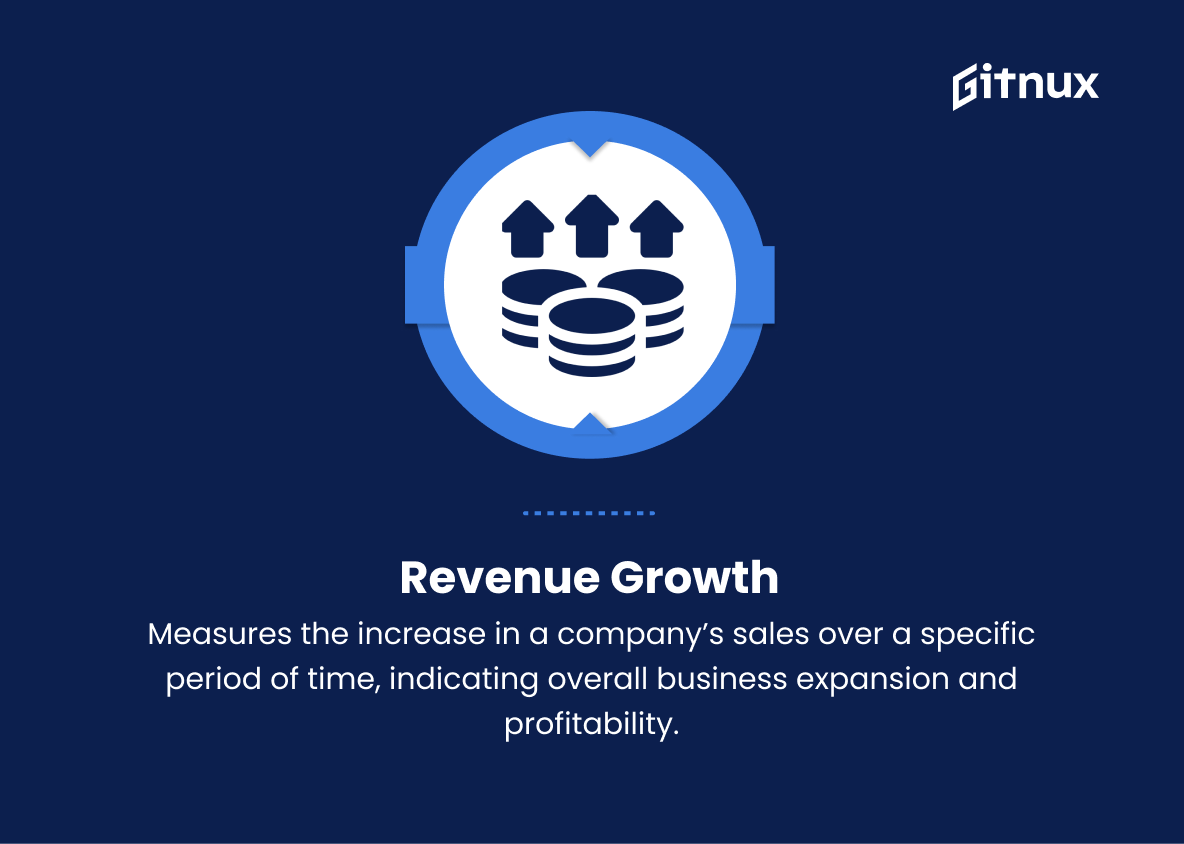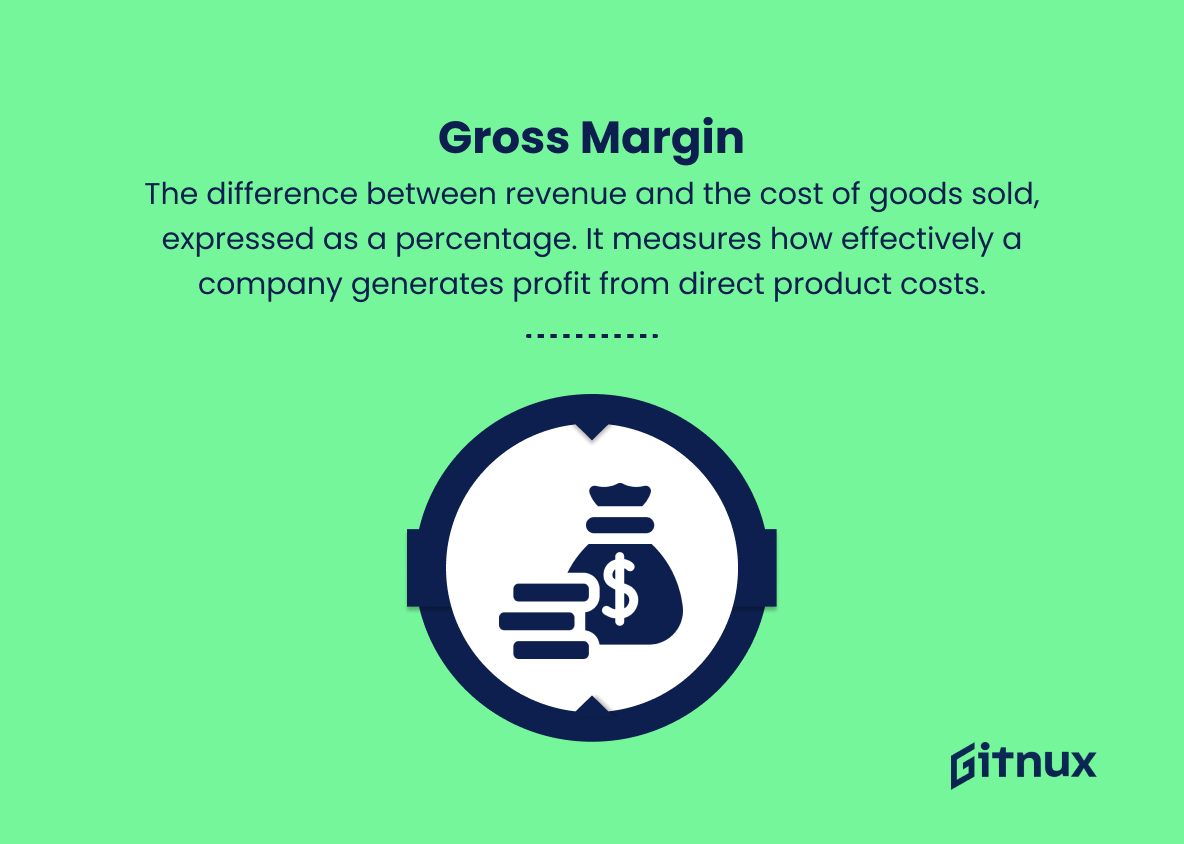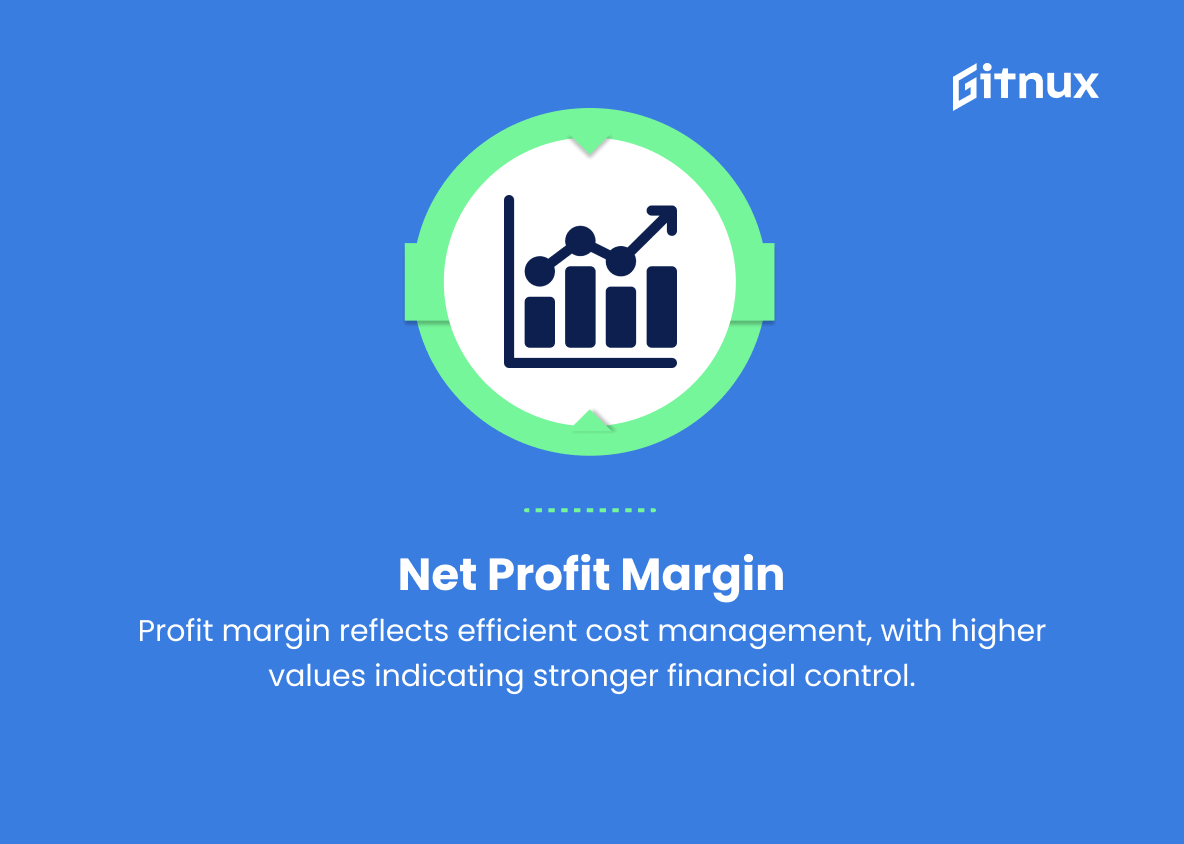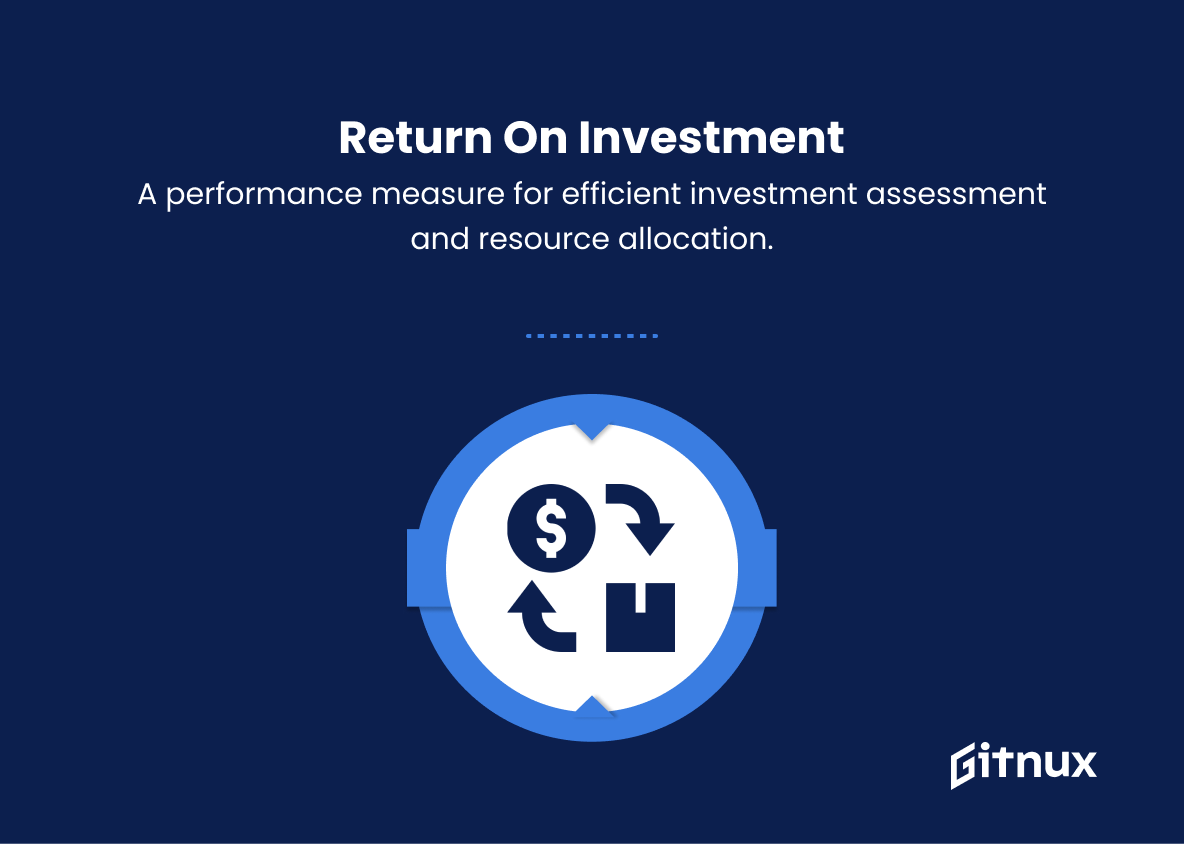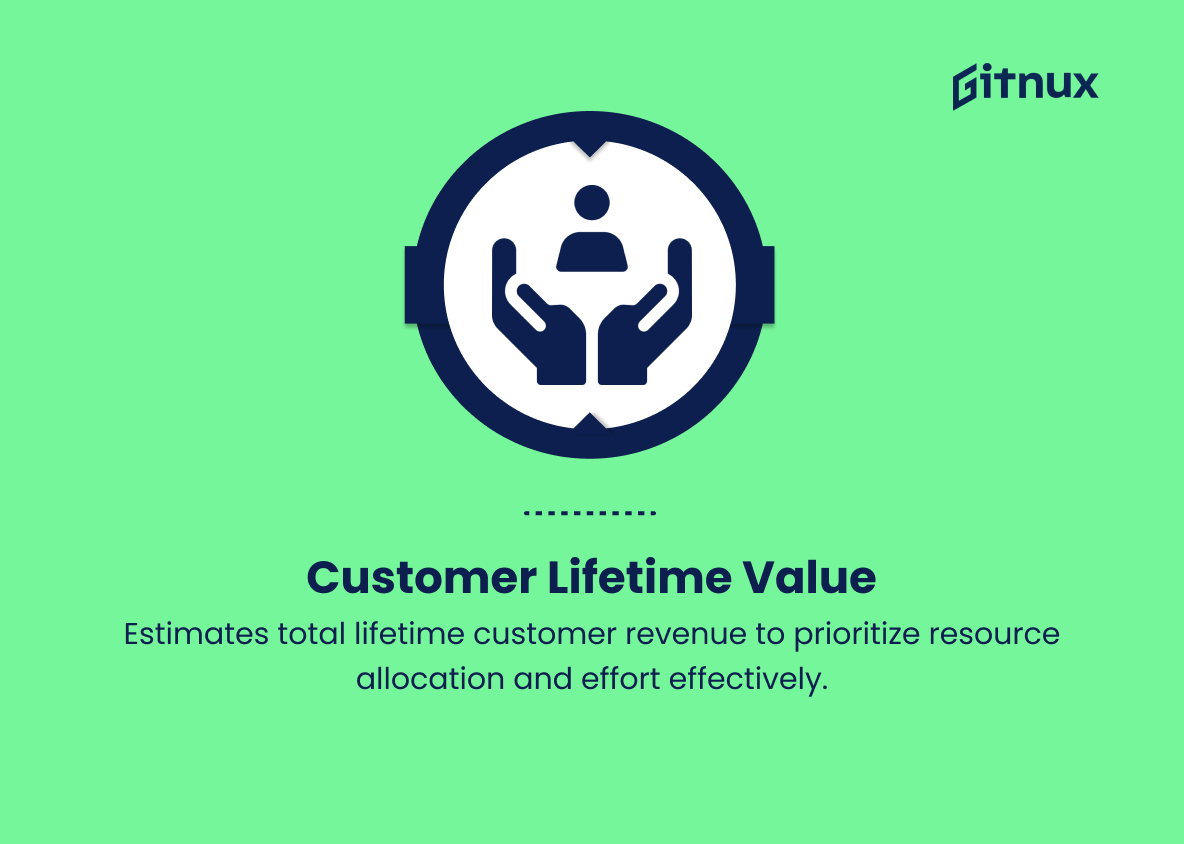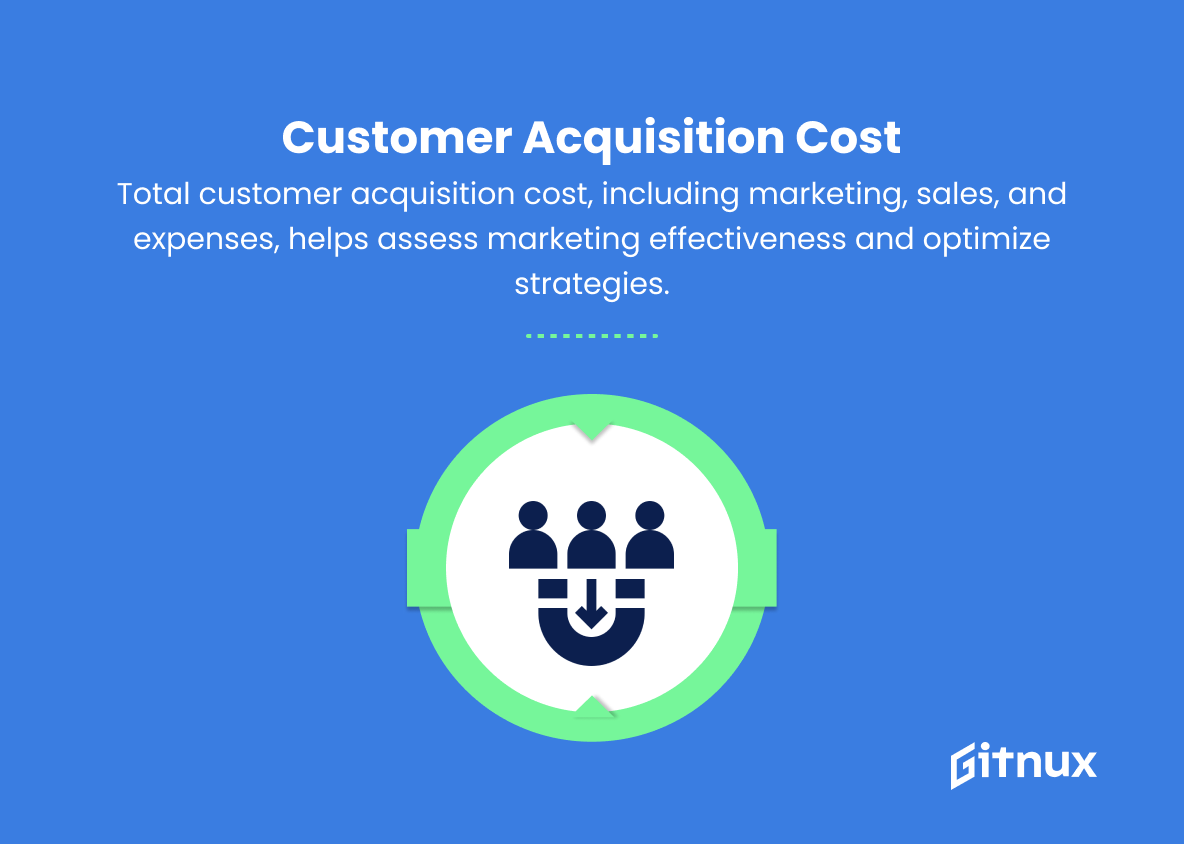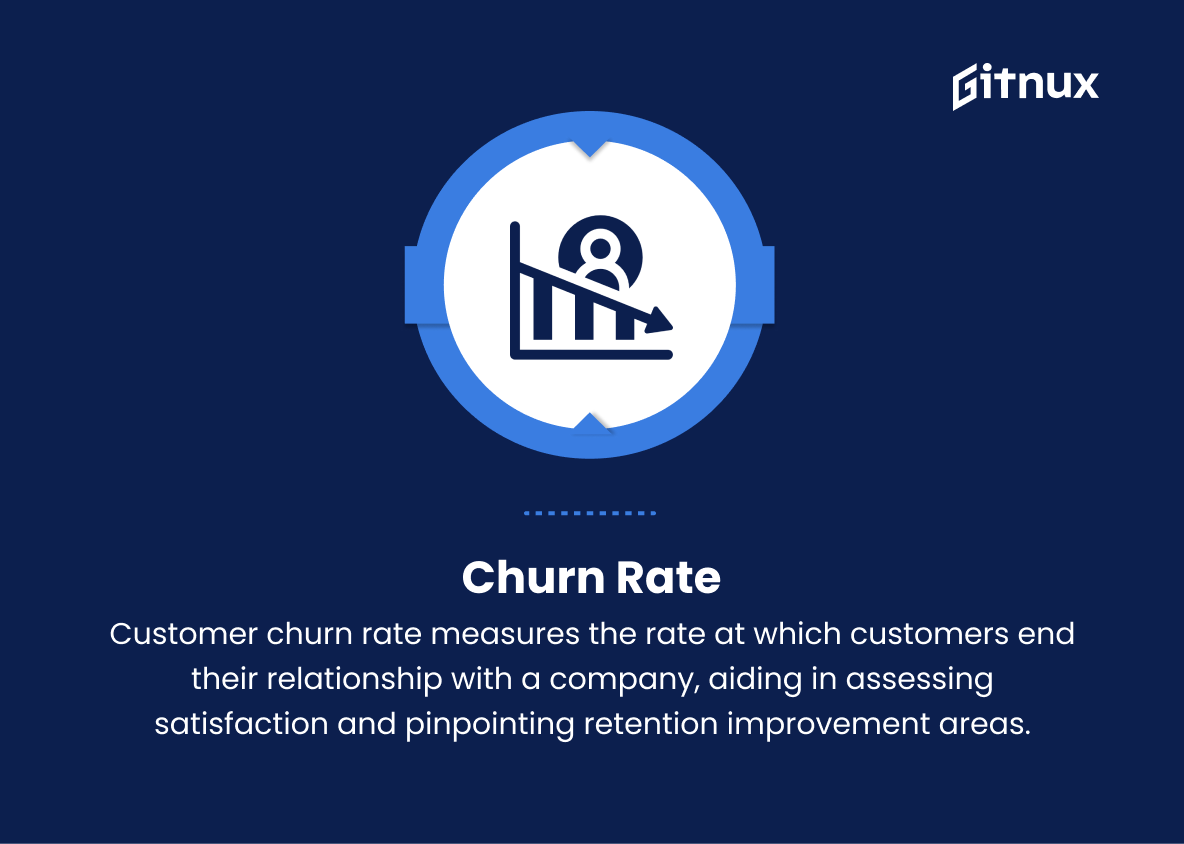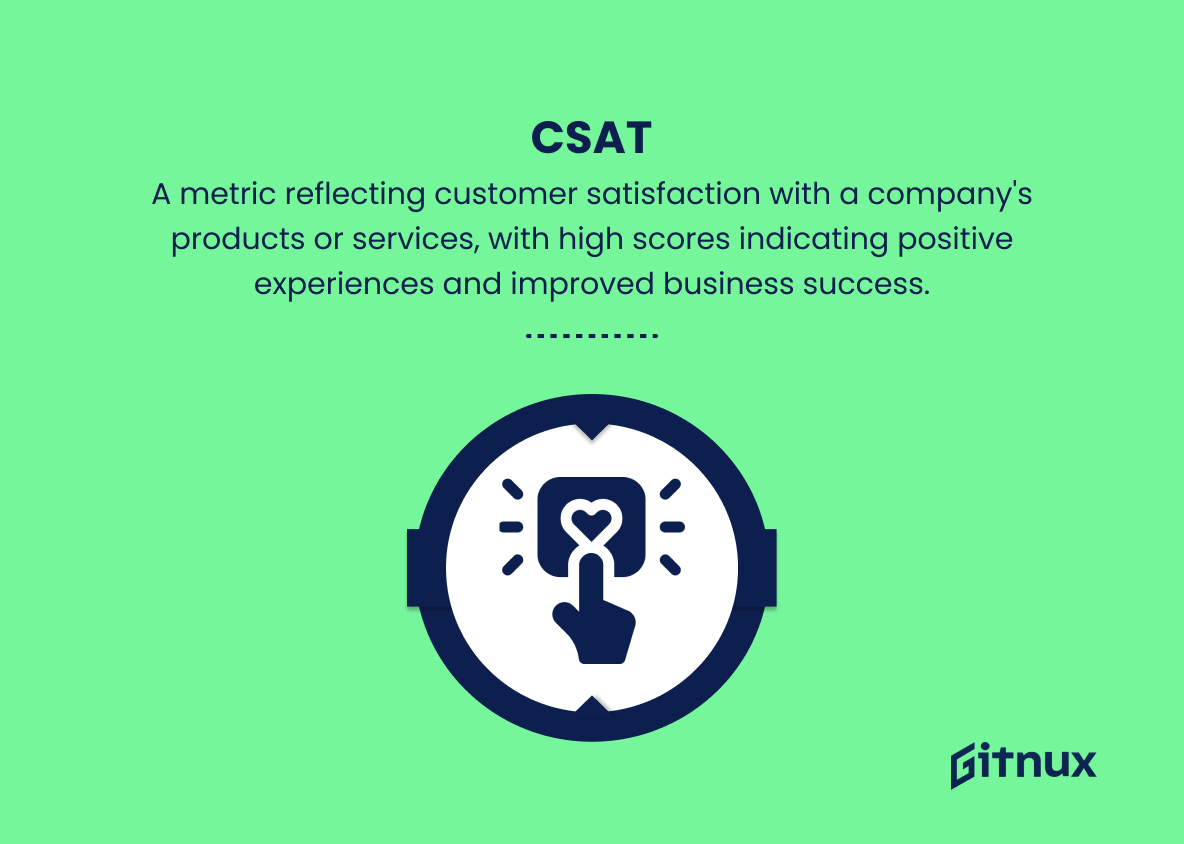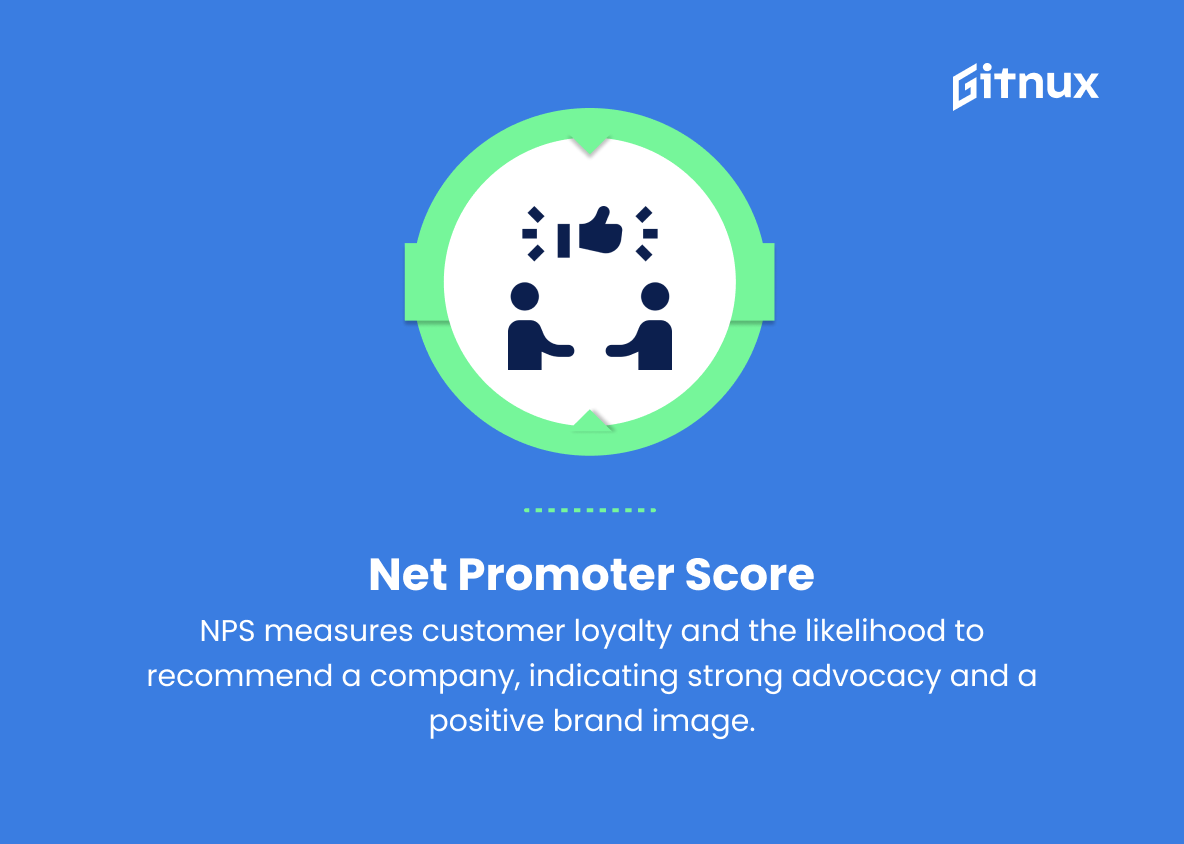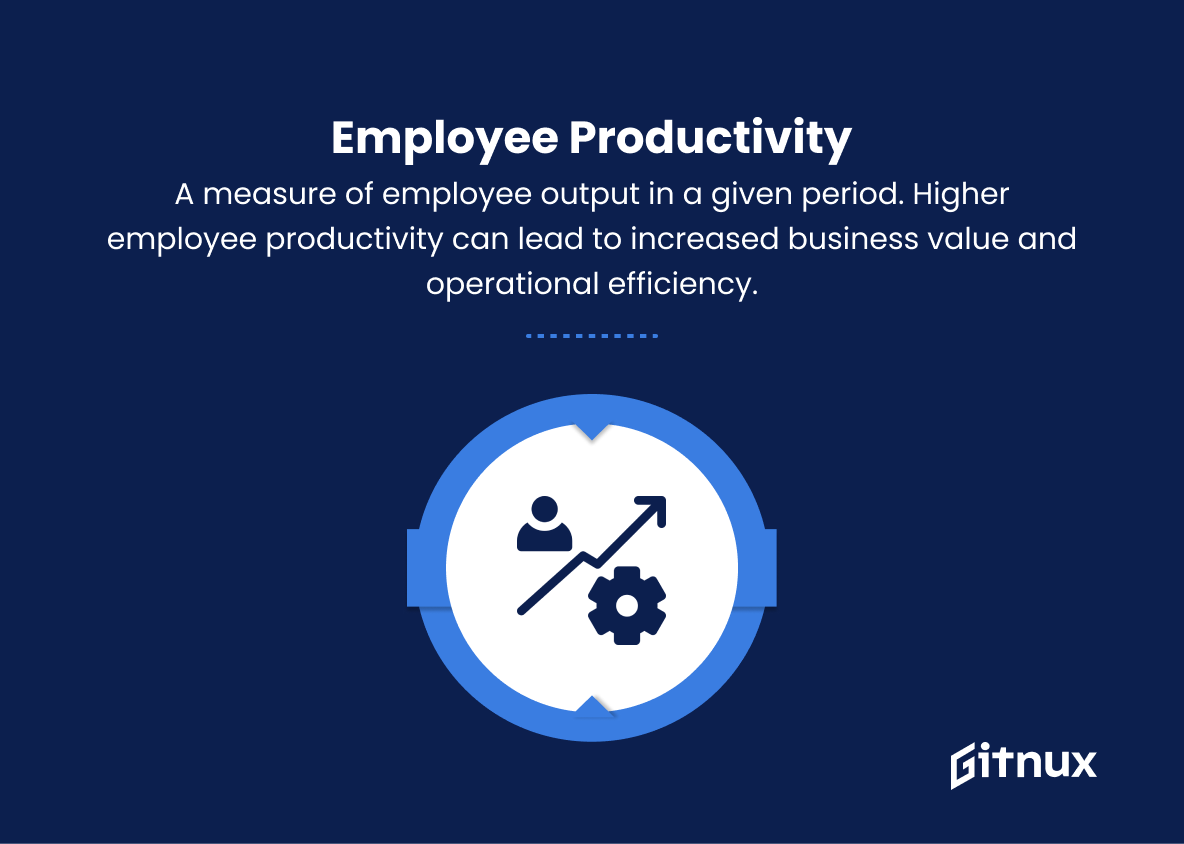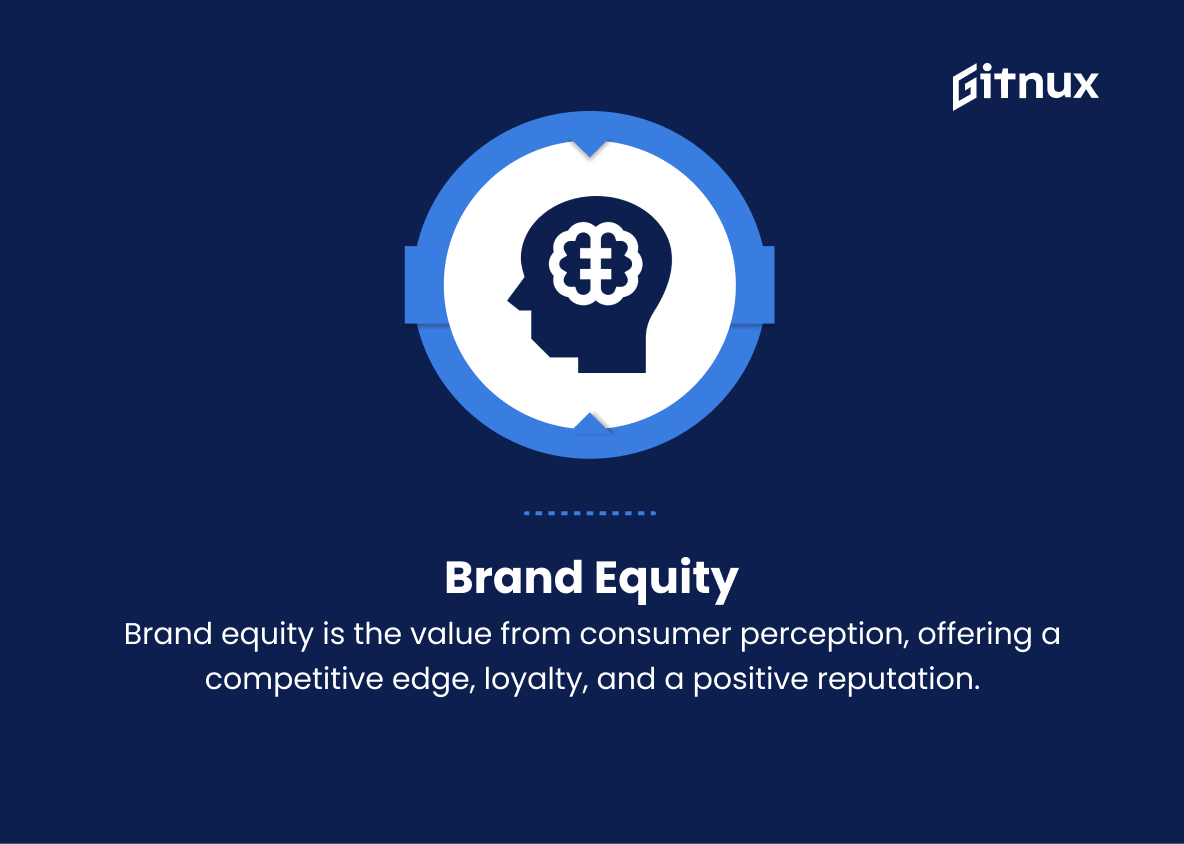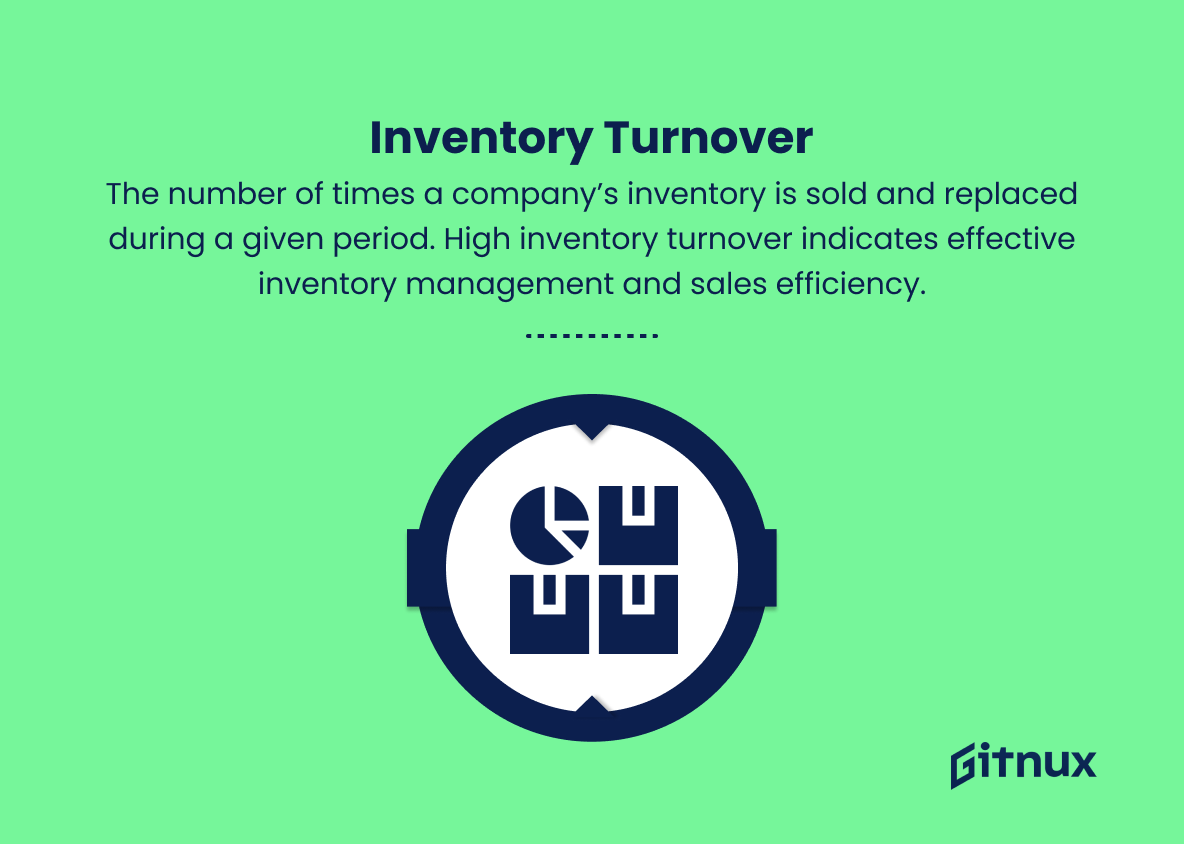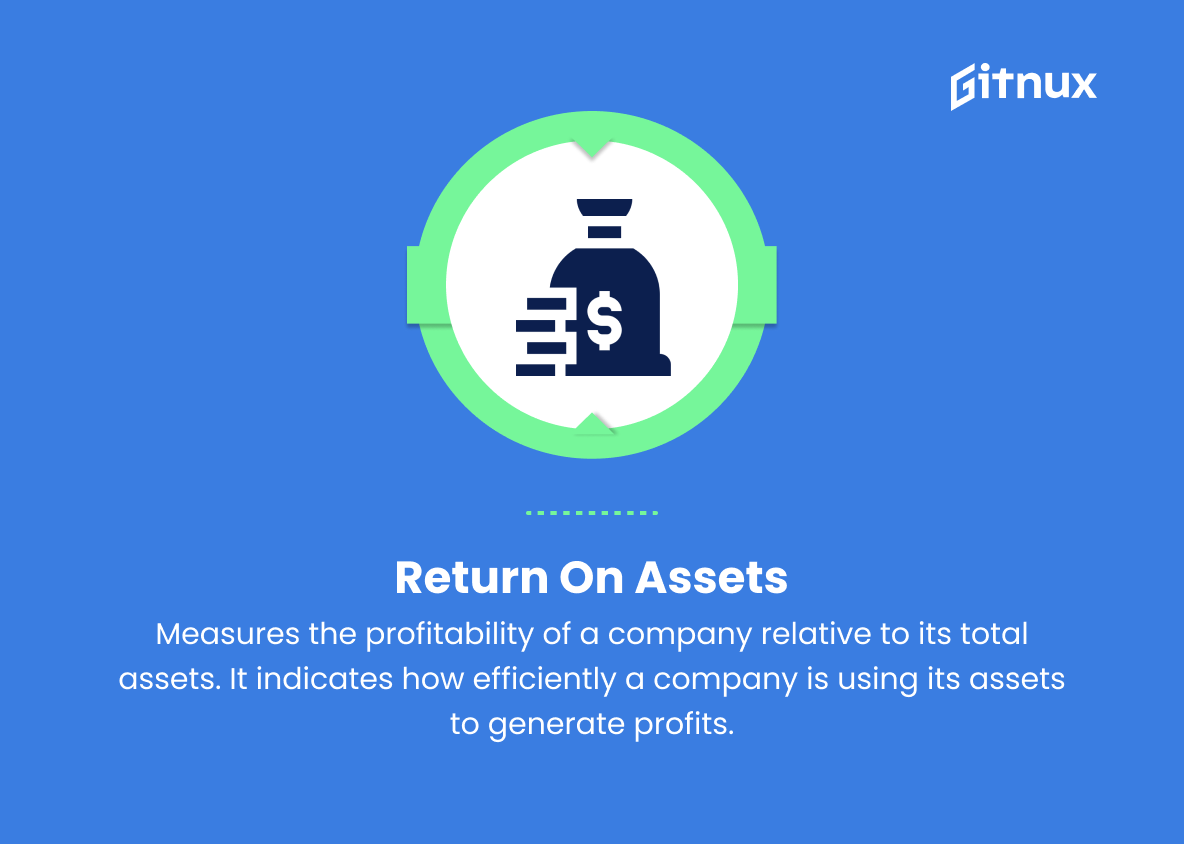In today’s increasingly competitive business landscape, understanding and measuring the value of various aspects of an organization is crucial for success. Business Value Metrics have emerged as a central tool for assessing, quantifying, and benchmarking the multitude of factors that contribute to a company’s overall performance, from financial performance to investor relations and beyond.
This blog post delves into the importance of these metrics, discussing their role in driving strategic decision-making, fostering business growth, and facilitating a culture of continuous improvement. We will explore the key metrics that every business leader should be aware of, along with best practices for utilizing these insights to create a more profitable, resilient, and sustainable enterprise.
Business Value Metrics You Should Know
1. Revenue Growth
Measures the increase in a company’s sales over a specific period of time, indicating overall business expansion and profitability.
2. Gross Margin
The difference between revenue and the cost of goods sold, expressed as a percentage. It measures how effectively a company generates profit from direct product costs.
3. Net Profit Margin
A metric that shows the percentage of profit a company generates from its total revenue. A higher margin indicates better financial control and efficient management of operational costs.
4. Return on Investment (ROI)
A performance measure used to assess the efficiency of an investment or to compare the efficiency of different investments. It helps businesses make data-backed decisions while allocating resources.
5. Customer Lifetime Value (CLV)
Estimates the total revenue that a business can expect from a single customer over the entire relationship. It helps in identifying the most valuable customers to allocate resources and efforts more effectively.
6. Customer Acquisition Cost (CAC)
The total cost of acquiring a new customer, including marketing, sales, and other expenses. It helps companies assess the effectiveness of their marketing efforts and identify ways to optimize their customer acquisition strategies.
7. Churn Rate
The percentage of customers who discontinue their relationship with a company over a given time period. It helps businesses understand customer satisfaction levels and identify areas for improvement in customer retention.
8. Customer Satisfaction (CSAT) Score
A metric that represents the overall satisfaction of customers with a company’s products or services. High customer satisfaction scores indicate positive customer experiences and better long-term business success.
9. Net Promoter Score (NPS)
A measure of customer loyalty and the likelihood that they will recommend a company’s products or services to others. A high NPS indicates strong customer advocacy and a positive brand image.
10. Employee Productivity
A measure of employee output in a given period. Higher employee productivity can lead to increased business value and operational efficiency.
11. Employee Turnover Rate
The rate at which employees leave a company over a specified period. A high turnover rate can indicate poor employee satisfaction or management issues, affecting business stability and value.
12. Market Share
The percentage of an industry’s total sales that a specific company owns. A higher market share indicates a dominant and competitive position in the market.
13. Brand Equity
The value a company derives from consumer perception of its brand, products, or services. High brand equity can provide a competitive advantage, increased customer loyalty, and positive brand reputation.
14. Inventory Turnover
The number of times a company’s inventory is sold and replaced during a given period. High inventory turnover indicates effective inventory management and sales efficiency.
15. Return on Assets (ROA)
Measures the profitability of a company relative to its total assets. It indicates how efficiently a company is using its assets to generate profits.
16. Time to Market
The time it takes for a product to go from conception to availability for purchase. A shorter time to market can provide a competitive advantage by allowing companies to capitalize on market trends and customer needs more quickly.
17. Cost of Poor Quality (COPQ)
Measures the financial cost associated with defects, rework, and inefficiencies in product development or production processes. Minimizing COPQ contributes to improved overall business profitability.
Business Value Metrics Explained
Business Value Metrics are crucial in evaluating a company’s growth, profitability, and overall operational efficiency. Revenue Growth, Gross Margin, and Net Profit Margin provide insights into a company’s financial performance and help identify areas to optimize profits. Metrics such as ROI, CLV, CAC, and Churn Rate aid in decision-making when allocating resources and refining customer acquisition and retention strategies.
Customer Satisfaction (CSAT) Score, Net Promoter Score (NPS), Employee Productivity, Employee Turnover Rate, Market Share, Brand Equity, Inventory Turnover, Return on Assets (ROA), Time to Market, and Cost of Poor Quality (COPQ) offer essential insights into managing and improving various aspects of a business. Collectively, these metrics enable businesses to make data-driven decisions, understand market position, enhance customer relationships, and increase brand value while optimizing cost-effectiveness and overall business success.
Conclusion
In summary, Business Value Metrics are crucial for organizations to effectively evaluate their performance, drive growth, and achieve long-term success. By utilizing these metrics, businesses can gain better insights into their strengths, weaknesses, and areas that require improvements. Additionally, Business Value Metrics help stakeholders make informed decisions based on accurate and comprehensive data analysis.
Adopting these metrics ensures better alignment between corporate goals and the deployment of resources, leading to a robust and competitive organization. As we continue to operate in an ever-evolving business landscape, staying ahead of the curve requires steadfast commitment to measuring and optimizing business value across all facets of an organization.
